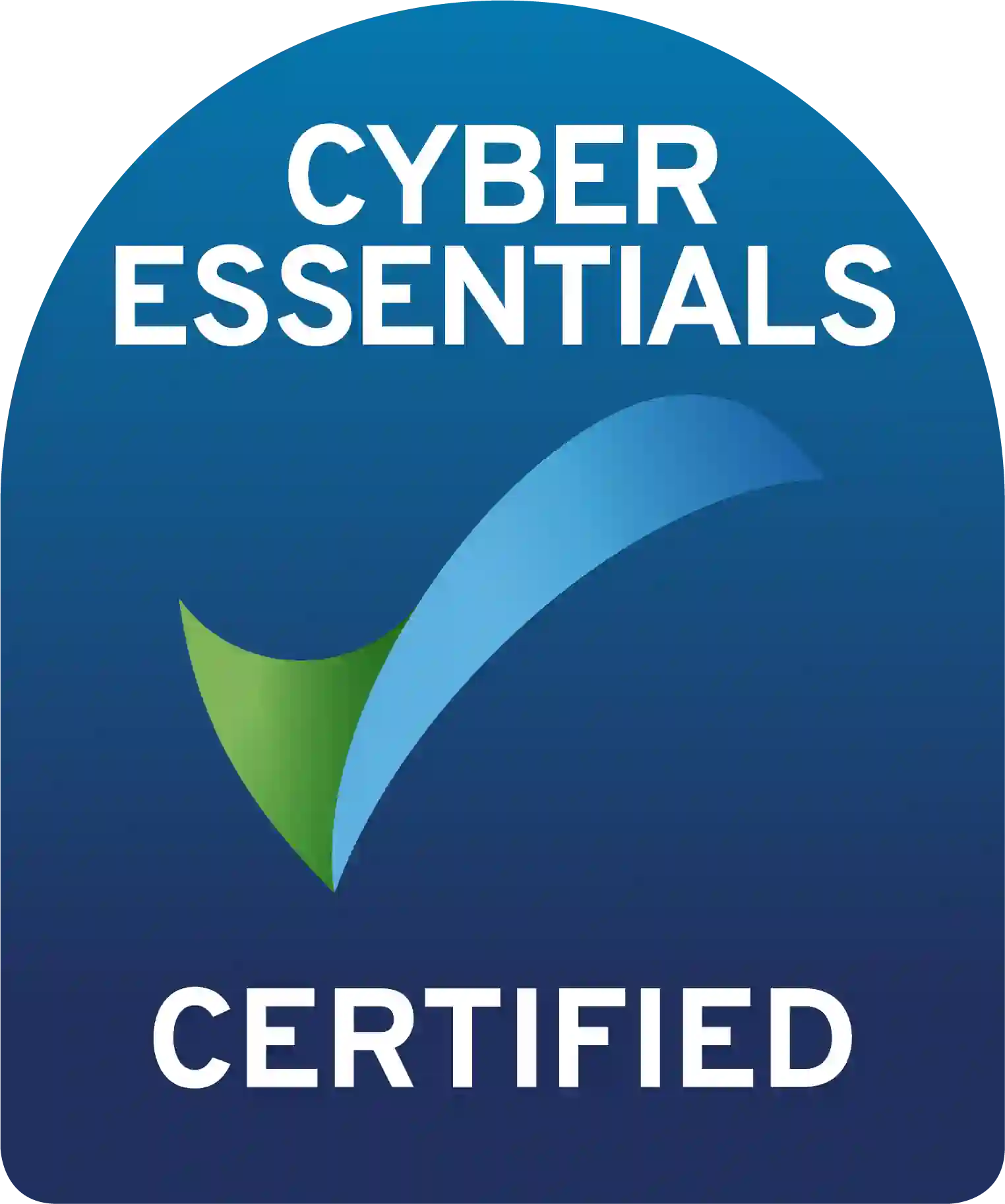Queue Management Systems: When, Where, Why and How?

You know that feeling of standing around or sitting in a waiting area just wasting time; let’s face it, we have all been there. To queue isn’t new, it has been around for as long as there has been Customer Service. Lining up for movie tickets or a self-serve checkout; being on hold while calling up to speak to someone in a call centre. Even in this marvellous digital age, it can still feel archaic!
There have been many studies, and a lot of work put into managing queues so you can give the customer a positive experience while they’re waiting to be served. If you can implement a good queue management system, your customers/students or patience will be more positive when they get served rather than being angry, disappointed in the service or worst aggressive towards the staff member. In a retail setting, having a good queue management solution has proven that customers actually buy more! Queue Management solutions that self-fund themselves; what a great idea!
What is Queue Management?
Queue management is a set of rules and guidelines designed to control customer flow. It is a way of managing the people who enter your queue and ensuring they find the right help in a timely manner.
Part of the management can be gathering data when they join the queue, such as their purpose for being in the queue. This could help manage the queue better, giving some people a higher priority, or joining the correct queue and saving time.
Take it one step further, asking a customer, student, or patient why they are joining a queue is important however, equally important is providing the customer with the right information. As an example, if a student comes to the service centre because they want to renew their Student ID Card, there is no point in having the student queue for ID Cards only to be served and be told they need their personal ID. A good Queue Management solution would advise the student that their personal ID is required, therefore, saving them time. Successful queue management can give a customer a positive experience.
Want to know more
A Brief History of Why We Need Queue Management
Some historians believe that the nature of queueing stretches back to neolithic times when hunters would line up for a piece of the hunt. A hierarchy was established, which prevented fighting over scraps.
Lining up and waiting became a part of everyday life, but the term queue was not first documented until 1837. It comes from the Old French word “cue”, which is a tail’.
What Are Some Common Waiting Line Models?
When discussing lines and queues, we use terms such as channels and phases.
- A Channel is the number of places where you can be served.
- A Phase is a step in the process to get a full service.
There are 4 common waiting line models which include:
1. Single Channel, Single Phase.
There is only one server, and you only have one stop to make to get everything done. Lining up to get a movie ticket at a small cinema could be an example. One person behind a plexiglass window, you select a film and a time, get your ticket and move to the candy bar.
2. Single Channel, Multi-phase
One queue but many people to serve you. If you’re lining up to make a purchase from a retail store, and there are 5 registers open to take your money. You wait until one of them is free, and then walk over to pay.
3. Multi-Channel, Single Phase
Many queues line up for one business, and then one stop to get your full service. An example can be lining up to go through passport control when landing in a foreign country or coming home from overseas. You get directed to a different Channel, depending on demand, but you all transact through the single-phase, and then get your luggage.
4. Multi-channel, multi-phase
Many queues line up for servers, with many steps to complete your transaction. Think of getting your licence. First, getting your ticket based on the kind of service you need, then lining up at the correct counter, then seeing someone else, or perhaps going to get your photo taken.
It might sound like chaos, but there is a system in place with a multi-channel multi-phase arena.
What Are Some Queue Management Best Practices?
The ultimate best practice is to provide the customer/student or patient with the information they need to make an informed choice. As a business, you want to ensure no one drops from your queue. You need to make sure that enough data is collected so that the shortest amount of time is spent in a queue.
You need to make sure the queues are organised.
For the best customer service, you need to be able to find solutions if the queue is too long. In some phone queues, you can opt for a call-back service, so the customer doesn’t have to stay in the queue.
For some events or food services, where the queues can build quickly, ensure there can be people with portable sales devices, taking orders up the queue, and sometimes payment, so when they reach the front of the line, they’ve ordered and paid, and only need to pick up their food.

How Has The Pandemic & General Moved Towards Digital Changed Queue Management?
The pandemic has brought about social distancing and the need to sanitise your hands when touching surfaces. This has had an impact on people lining up for service and how we manage queues.
Traditionally, Queue Management solutions had touchscreen kiosks and paper tickets. This had to change.
Authorities have asked for 1.5 meters of space between people when queuing up. From a management point of view, this can make the length of queues rather long especially if you have restricted waiting areas.
If you don’t have the space for long queues, what can you do? If you have to literally manage the queue itself to maintain social distancing, do you pay for extra staff to monitor?
There is no doubt that electronic and virtual queueing such as with Hague QMS is helping a range of different business sectors deal with their customer queue management. Using touchscreens is still advisable however, why not also use QR codes, allow your customers/students or Patients to SMS into a virtual queue or, use your website and allow customers to view real-time wait data? With Hague QMS all customers/ students or patients are kept up to date with their real-time wait and position in the queue.
Having a Queue Management solution that allows customers to use their mobile phones to interact with the virtual service allows customers to wait where they want, go get a coffee or, catch up on that latest tweet.
Innovations such as this, forced on businesses because of COVID, have been popular with customers/students or patients, who feel they don’t have to waste time queuing up. This digital queue management revolution has shown great success with positive customer experiences.
What Industries Could Benefit Most From Queue Management Software?
Education
The education system might not be an obvious place to think of digital queue systems, but you will be pleasantly surprised. Time is precious as a student. You need time to study, be in lectures, work, and have a life. The more time spent in a queue, the less time you have to do these important things.
 The first queue chokepoint is usually admissions and enrolments. Now, rather than lining up, you can go to the office and fill in some details on a tablet. You can get a text message when your turn is about to come up, meaning you can catch a coffee or sit outside and read.
The first queue chokepoint is usually admissions and enrolments. Now, rather than lining up, you can go to the office and fill in some details on a tablet. You can get a text message when your turn is about to come up, meaning you can catch a coffee or sit outside and read.
Do you need a study room in the library? You can book those online rather than queue at the desk and fill in a form. Same for booking computer labs and so much more.
How about catching public transport? Universities now have apps to tell you when buses are arriving, both leaving the campus and the internal bus services. You no longer need to line up for a bus!
Educational institutions are realising the benefits of having digital queue systems means you don’t have students stressed out and frustrated by waiting. They can come back when they’re called or summoned by an alert on their phone.
Students stress enough as it is; they don’t need added pressure and frustration from queueing up for too long.
Want to understand how Hague Australia can help with student queue management, click here
Retail
Retail has jumped on board digital queue management, most notably through click-and-collect. The act of shopping and lining up to pay is removed from the equation. Once your goods are ready for pick up, you’re given time to collect, and it is a quick and easy process to complete.
Shop from home also grew during the lockdown and has continued to grow. You order your week’s groceries, someone in-store does the shopping and then it is delivered to you.
What you don’t see is the digital queue that you join. Factors such as grouping delivery by suburb for efficiency; time of day that you ordered; have you ordered a product that is not in stock yet, but will be tomorrow? All these considerations work in your favour to give you efficient service and a great customer experience.
Hague Australia has a number of solutions for digital queue management for retail. Read more to find out how we can help you.
Government
Government agencies (Local, State and Federal) have long known the importance of great customer service; the only issue, until recently, the systems didn’t meet the expectation. Today, thankfully, there are solutions such as Hague QMS that allow customers to join a virtual queue, request a call-back or book an appointment from their mobile phone or Government website.
Within the Government, there are peak times, think about when it’s time to pay your rates. As a customer, if you know the wait times are extended, you will want to avoid the congestion and book an appointment for another day or better still, book a Virtual Zoom/Teams call-back.
Want to understand how Hague Australia can help with student queue management, click here
Healthcare
With the increase in people needing healthcare, they needed to adapt to the growing number of people queueing up for service and holding up hundreds of people in need.
One of the most visible changes to their queue system was implementing a video call service. You could speak to a doctor via Zoom, to discuss symptoms and get medical advice and prescriptions. This was a huge change-up in the phase of the system.
In addition to this, e-scripts were introduced. No longer do you need a paper prescription to hand into the pharmacy. Now you can be sent a text message with your script as a QR code. Not only does this make getting your prescriptions easier, but getting more repeats too. Call your doctor, they have your medical history, and can just send you a new QR code.
This digital innovation has streamlined the health industry significantly. Hague Australia has systems ready to go to help you if you’re in this industry.
Hague QMS: How Our Digital Queue Management System Works
The QMS mobile Queuing system from Hague Australia has all the conveniences mentioned above, all on your mobile.
- Join a virtual queue and do what you want.
- Updates to your phone about the status of our wait.
- Check wait times and other services available.
- Interact with the wait; push yourself back in the queue and request more time, request status updates.
Being able to make productive use of your time, instead of sitting in a waiting room or standing behind someone in line, is such a benefit for you.
No wasted time.
And for businesses who use our Hague QMS system, it’s simple to use. No software to install as Hague QMS is a Cloud-based solution on Amazon Web Services within Australia. Hague QMS provides excellent communication to and from your customers/students or patients.
Want to know more about Queue Management solutions, click Here
Want to know more? Give us a call at 03 8579 6566 or email us at contact@hagueaustralia.com.au.















